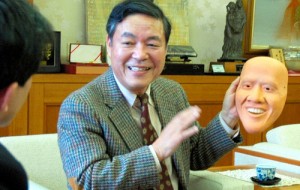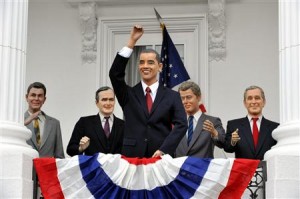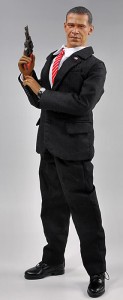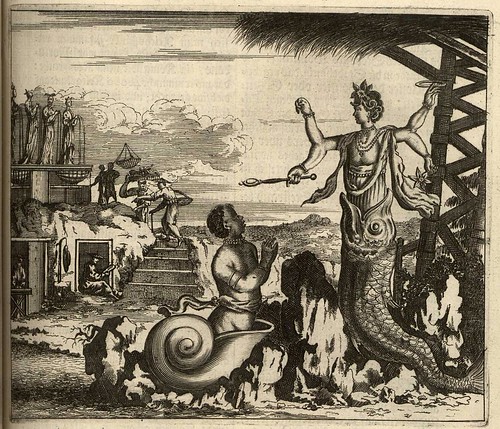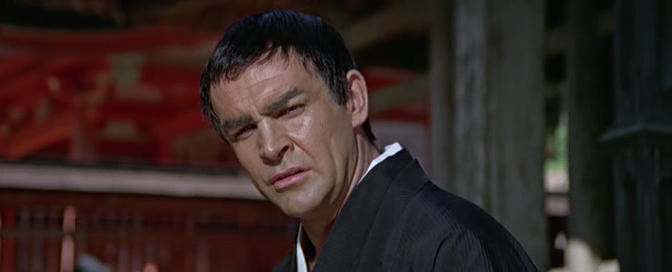Machine-translated from the “Schoenes? Thailand” forum:
RATIO:
Which Bruno over Frodo says in such a way meets in some will coincidence also on me
Rear Schnacker, make for you not too much nen thick head, everyone must these “are I also like that?” Moment have, because there is ne quantity of Paralellen to have with the men the Asian friends, from Thailand to North Korea.
I had mean moment, when I am discovered a blog, in which a Japanese over its view on men write, who have a Japanese friend. Unfortunately I do not find the left any longer, at that time but I noted the most important points (with those some also to me to apply) more fuer to mean blog, did not gepostet her then however, because the whole topic somehow too negatively rueberkam:
1. The men came to Japan in a recent age and them come around this journey as part of the arising becoming to use.
2. They became acquainted with your wife in Japan and not in its homeland.
3. Most speaking very well Japanese, it prefer the society of Japanese, since they can impress these easily to be simply only thereby foreigners. They fall themselves into that learn the language.
4. Few of them had ever a western friend.
5 most of you has very negative stereotyped ones over western women.
6. however very positive opposite Japanese women, above all these is as feminine.
7. Many are arrogant and have large problems if their ideas and opinions are contradicted.
8. They may not other western foreigners and compare their language abilities and its cultural knowledge permanently with these over unterschwellig say them would be better.
Is to be become “gotten” always dumb and in generalizing Characteristika be recognized.
Interesting about also charisma one https://www.mutantfrog.com/2007/02/22/superman-meets-charisma-man/
A Comic over Canadian loose, which mutates in Japan to the Supercasanova.
Greeting:
Ben







